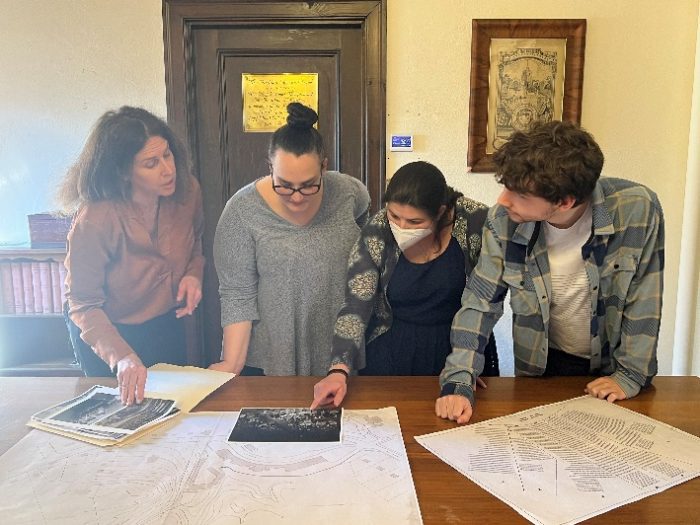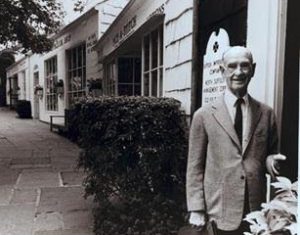WMHO partners with East Hampton Library to digitize Ward Melville’s legacy

The Ward Melville Heritage Organization (WMHO) has announced the digitization of over 500 records of Dogwood Hollow and the development of Stony Brook Village Center in conjunction with the East Hampton Library’s Long Island Collection. These records are available to the public free of charge on a “next generation” interactive platform. The archives can be found online on the East Hampton Library website, easthamptonlibrary.org.
In November of 2021, East Hampton Library announced a new virtual research platform for their Long Island Collection. The research platform was customized for the East Hampton Library, which is the first public library to use this next generation digital archives software, called TIND.

Unlike other archive platforms being used in New York State, this digital archive is entirely interactive—contributor accounts can be created, higher resolution images can be downloaded and links are embedded to enable viewers to comment and share archived items on social media platforms. To learn more about Digital Long Island, the East Hampton Library’s new digitization platform, visit their website at digitallongisland.org.
The Ward Melville Heritage Organization (WMHO) was created in 1939 by businessman and philanthropist Ward Melville. Ward Melville was President of the Melville Corporation—the third largest retailer in the country at that time. WMHO owns and manages historic and environmental properties deeded to the organization by Ward Melville. These properties include Stony Brook Village Center, Thompson House (c. 1709), the Brewster House (c. 1665), the Stony Brook Grist Mill (c. 1751), the Erwin Ernst Marine Conservation Center and the 88-acre wetlands preserve at West Meadow.
The WMHO archives on this platform include the creation of Stony Brook Village Center and Dogwood Hollow. Considered the first business community in the United States, Stony Brook Village Center was created in 1941 by Ward Melville. In addition, in honor of his mother, Jennie, who loved dogwood trees, Ward Melville created Dogwood Hollow, a 2,000 plus seat amphitheater in Stony Brook Village that hosted greats such as Louis Armstrong, Benny Goodman, Count Basie and over 100 other musicians.
Other subjects that will be digitized are Mr. Melville’s history of bringing Stony Brook University to Stony Brook, the creation of the Long Island Museum campus, the restoration of historic properties, the housing developments built by Ward Melville, the creation of the West Meadow Preserve, and the creation of the Three Village School District and its buildings. To learn more about the WMHO, visit wmho.org.






